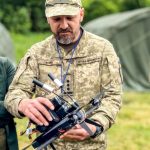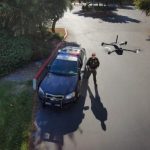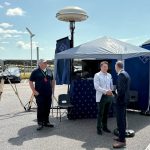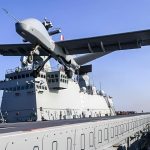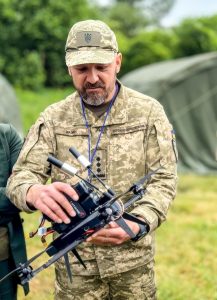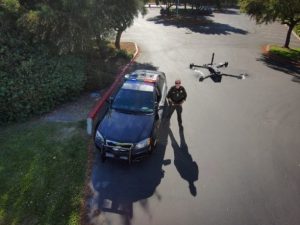U.S. Air Force Seeks Innovative Technologies for Advanced Weapons Simulation
ELGIN AIR FORCE BASE, Fla. – The U.S. Air Force is turning to industry for innovative technologies to enhance the simulation and evaluation of both current and future weaponry during realistic and non-destructive flight exercises.
The officials from the Air Force 96th Test Wing’s 782nd Test Squadron have recently announced a new solicitation (FA2486-25-X-0001) for the Hardware-in-the-loop of Advanced Navigation & Guidance Sensors (HANGS) project.
Through Hardware-in-the-loop simulations, the Air Force aims to achieve a high-fidelity performance assessment to support system development, mitigate risks prior to live flight tests, and evaluate potential candidate components and technologies for improvements, as stated by Air Force experts.
HANGS focuses on enabling technologies that will assess seekers and sensors, position, navigation, and timing (PNT), guidance and control, RF data links, mission computers, and flight software. The developed prototypes should be relevant to missile offense, missile defense, and strategic weapon systems.
Key Areas of Technological Interest
The HANGS initiative encompasses four critical technology areas:
- Dynamic Real-Time Multispectral Scene Generation: This involves rendering band-specific imagery for one or multiple sensors through free-space projection or digital injection. Imagery should cover infrared, ultraviolet, visible-light, and RF bands, as well as include multi-object, clutter, and background scenes.
- Midcourse and Navigation Environment Simulation: This entails the real-time projection of Global Navigation Satellite System (GNSS) alongside alternative PNT solutions while considering environmental and countermeasure effects.
- Datalink and Radio Communications Simulation: This area focuses on multi-protocol datalink communication among several simulated guided weapons and their interactions influenced by environmental factors and countermeasures.
- High-Frame-Rate Real-Time Simulation: Aiming for extraordinarily high frame rates, this involves powerful computers capable of maintaining correlated real-time flight simulations across multiple systems, including advanced graphics processors.
Further Engagement
Companies interested in participating are encouraged to submit enhanced white papers to the Air Force’s Heather Stiles via email by August 18, 2025. Further details can be found on their official posting at SAM.gov.

About the Author
John Keller serves as the Editor-in-Chief for Military & Aerospace Electronics Magazine, where he delivers extensive coverage and analysis on enabling technologies within military, space, and commercial aviation sectors. John’s experience with the publication dates back to 1989, with his editorial leadership commencing in 1995.
For more information, visit the original article: Original Article
